1) Historical Dictionary of Islam, 3rd Edition – Ludwig W. Adamec
Rowman & Littlefield | 2017 | PDF
Muslims believe that the Koran is God’s message in Arabic, revealed through the medium of the Prophet Muhammad for the guidance of the Arabs and subsequently for all humanity. There is both unity and variety in the Islamic world. Muslims are not a homogeneous people who can be explained solely by their normative texts: the Koran and the Sunnah. Muslims differ vastly in their interpretation of Islam: modernists want to reinterpret Islam to adapt to the requirements of modern times while traditionalists tend to look to the classical and medieval periods of Islam as their model of the Islamic state.
This third edition of Historical Dictionary of Islam contains a chronology, an introduction, appendixes, and an extensive bibliography. The dictionary section has over 700 cross-referenced entries on major sects, schools of theology, and jurisprudence, as well as aspects of Islamic culture. This book is an excellent resource for students, researchers, and anyone wanting to know more about Islam.
2) Historical Dictionary of Sufism – John Renard
Scarecrow Press | 2005 | PDF
With more than 3,000 entries and cross-references on the history, main figures, institutions, theory, and literary works associated with Islam’s mystical tradition, Sufism, this dictionary brings together in one volume extensive historical information that helps put contemporary events into a historical context. Additional features include: map, chronology of all major figures and events, introductory essay, glossary of 400 Arabic, Berber, Chinese, Persian, and Turkish terms, comprehensive bibliography, 21 black-and-white photographs emphasizing important visual themes of Sufi thought and history. Ideal for libraries, as well as students and scholars of religion.
3) Historical Dictionary of Judaism, 3rd Edition – Norman Solomon
Rowman & Littlefield | 2015 | PDF
This third edition of Historical Dictionary of Judaism covers the history of the Jewish religion, ranging from its biblical roots, through its formulation in the era of the Talmud, to the present day. This collection covers the development of Judaism in the medieval Christian and Islamic worlds, its varied responses to Enlightenment and modernity, the creation of new philosophies of Judaism in the wake of the Holocaust, and the establishment of the State of Israel, and contemporary issues such as feminism, secularism, and the ethics of war and medicine. This is done through a chronology, an introductory essay, appendixes, and an extensive bibliography. The dictionary section has over 800 cross-referenced entries on important personalities in Jewish religious history, including biblical personalities with an emphasis on how they are understood in Jewish, Christian, and Islamic tradition. This book is an excellent access point for students, researchers, and anyone wanting to know more about Judaism.
4) Historical Dictionary of Sikhism – Louis E. Fenech, W. H. McLeod
Rowman & Littlefield | 2014 | PDF
Sikhism traces its beginnings to Guru Nanak, who was born in 1469 and died in 1538 or 1539. With the life of Guru Nanak the account of the Sikh faith begins, all Sikhs acknowledging him as their founder. Sikhism has long been a little-understood religion and until recently they resided almost exclusively in northwest India. Today the total number of Sikhs is approximately twenty million worldwide. About a million live outside India, constituting a significant minority in the United Kingdom, Canada, and the United States. Many of them are highly visible, particularly the men, who wear beards and turbans, and they naturally attract attention in their new countries of domicile.
This third edition of Historical Dictionary of Sikhism covers its history through a chronology, an introductory essay, and an extensive bibliography. The dictionary section has over 1000 cross-referenced entries on key persons, organizations, the principles, precepts and practices of the religion as well as the history, culture and social arrangements. This book is an excellent access point for students, researchers, and anyone wanting to know more about Sikhism.
5) Historical Dictionary of Shinto – Stuart D.B. Picken
Scarecrow Press | 2010 | PDF
One of Japan’s major religions, Shinto has no doctrines and there are no sacred texts from which religious authority can be derived. It does not have an identifiable historical founder, and it has survived the vicissitudes of history through rituals and symbols rather than through continuity of doctrine. Shinto is primarily a religion of nature, centered on the cultivation of rice, the basis of a culture with which the western world is not familiar in terms of either its annual cycle or the kind of lifestyle it generates. The roots of the Shinto tradition probably precede this and reflect an awareness of the natural order. The oldest shrines came to be located in places that inspired awe and wonder in their observers, such as the great Fall of Nachi in Kumano, or in mountains that conveyed a sense of power.
The expanded second edition of the Historical Dictionary of Shinto relates the history of Shinto through a chronology, an introductory essay, an extensive bibliography, and over 800 cross-referenced dictionary entries on Shinto concepts, significant figures, places, activities, and periods. Scholars and students will find the overviews and sources for further research provided by this book to be enormously helpful.
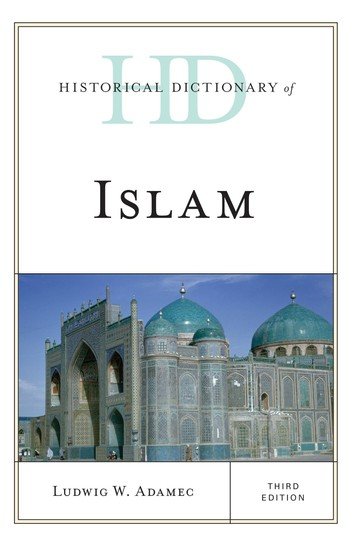 1 / 5
1 / 5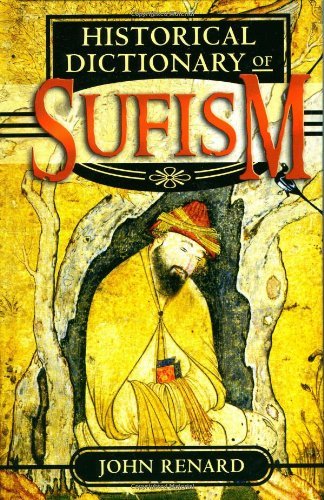 2 / 5
2 / 5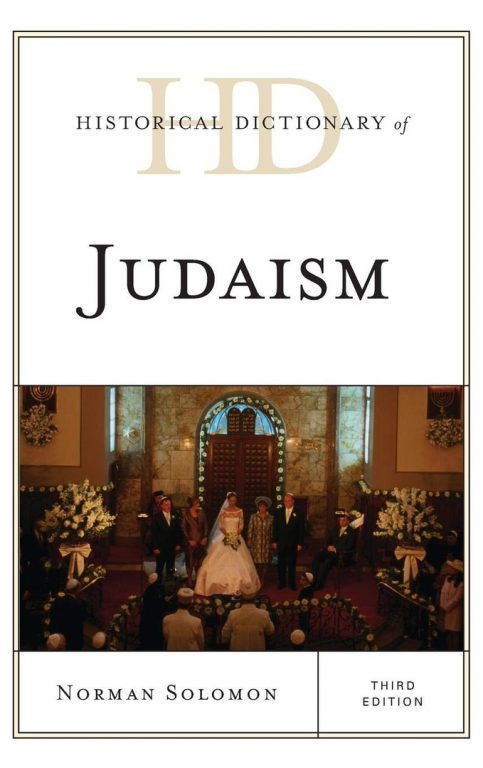 3 / 5
3 / 5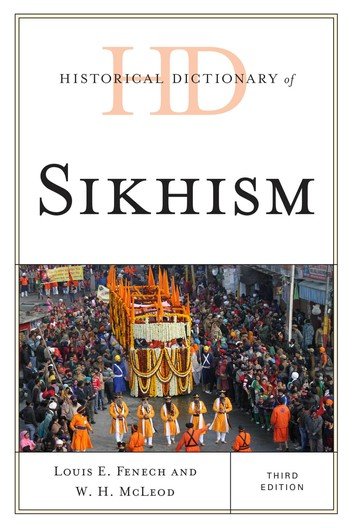 4 / 5
4 / 5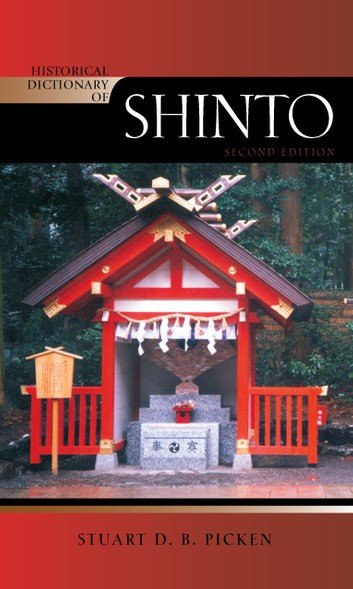 5 / 5
5 / 5